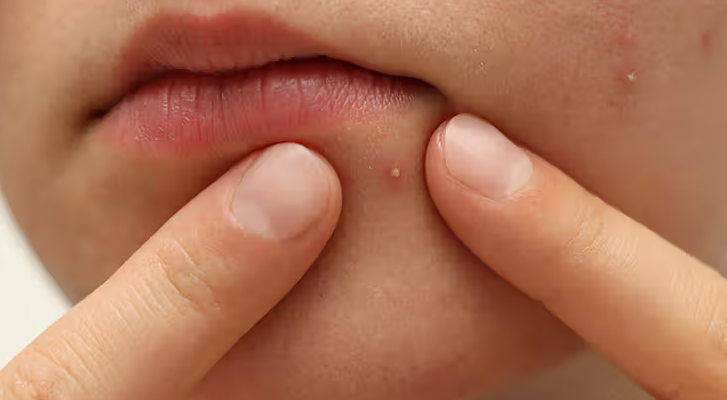Scalp pimples can be frustrating, uncomfortable, and sometimes painful. While they may seem like a minor nuisance, these bumps often signal underlying skin conditions or habits that need attention. By understanding the common causes and learning how to manage them, you can keep your scalp healthy and irritation-free.
Folliculitis Can Trigger Scalp Breakouts
One of the most frequent reasons behind scalp pimples is folliculitis. This condition occurs when hair follicles become inflamed due to bacteria, clogged pores, or excessive sweating. It often appears as small, itchy, or pus-filled bumps that may cause tenderness.
Scalp Acne Resembles Facial Acne
Scalp acne develops much like acne on the face. Overactive oil glands, product buildup, or poor cleansing routines can lead to clogged pores and breakouts, especially along the hairline or crown of the head. Using non-comedogenic hair products and washing regularly can help reduce flare-ups.
Seborrheic Dermatitis Often Looks Like Acne
Sometimes red, flaky patches on the scalp are not pimples at all but seborrheic dermatitis. This chronic condition is linked to yeast activity on the skin and may require medicated or specialized shampoos for relief.
Cysts and Boils Can Form on the Scalp
Occasionally, lumps on the scalp may be cysts or boils. These form from blocked sebaceous glands or infections and can be more painful than regular pimples. Persistent or enlarging bumps should be examined by a healthcare professional.
Fungal Infections Affect the Scalp Too
Ringworm of the scalp (tinea capitis) is a fungal infection that causes itchy, inflamed bumps or even patchy hair loss. This condition typically requires antifungal medication prescribed by a doctor.
Hair Product Reactions Can Cause Irritation
New shampoos, hair dyes, or styling agents may trigger allergic reactions, leading to scalp irritation and breakouts. If you notice pimples after trying a new product, discontinue its use and consult a dermatologist for guidance.
How to Prevent and Manage Scalp Pimples
Wash your hair regularly with gentle, scalp-friendly shampoos. Avoid heavy styling products that can clog pores, rinse thoroughly after workouts to remove sweat buildup, and use non-comedogenic hair care products whenever possible. Seek professional advice for recurring or severe scalp issues.



